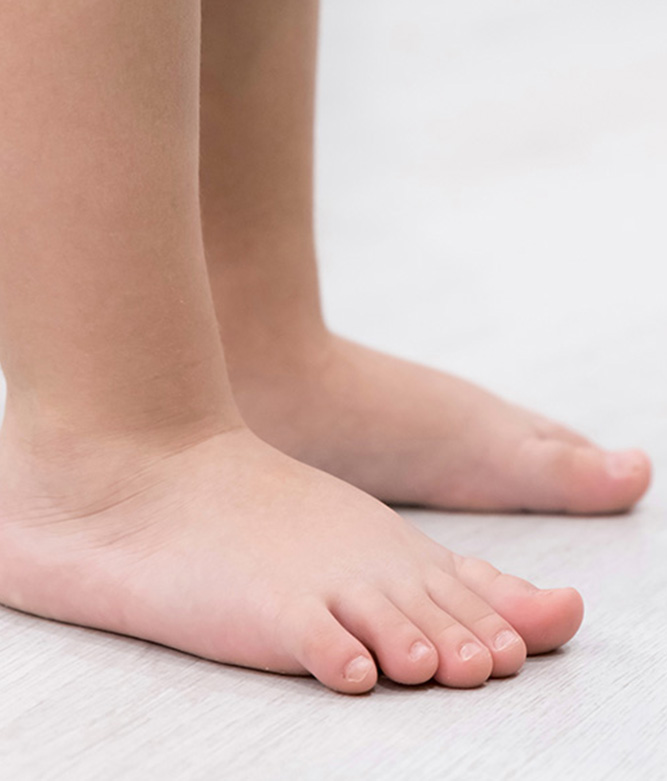
 Seeing your child struggle to walk with confidence is concerning for any parent. While kids may appear clumsy when they are first learning to walk, most kids will develop a good sense of coordination and balance by the age of 3. For some children, however, refining the motor skills required for walking can be challenging. This can be frustrating and upsetting for both the child and the parent and impact a child’s independence and development.
Seeing your child struggle to walk with confidence is concerning for any parent. While kids may appear clumsy when they are first learning to walk, most kids will develop a good sense of coordination and balance by the age of 3. For some children, however, refining the motor skills required for walking can be challenging. This can be frustrating and upsetting for both the child and the parent and impact a child’s independence and development.
What contributes to a clumsy ‘gait’ (walking style) in children?
As podiatrists, when assessing a clumsy gait, we check for:
- Problems that may be causing the foot to drop, leading to repeated tripping and a clumsy gait
- Leg length differences that may make it harder for the child’s foot to clear the ground making the gait appear clumsy and increase the chance of tripping
- Muscle weakness that may be making it difficult for the child to stay balanced and maintain a regular gait
- Muscular contracture (tightness) that may be altering walking patterns and habits
- Signs of neurological problems
- Feedback on the history of the child’s developmental milestones to see if there may be any other contributing factors
There may also be other problems or factors at play. They may have dyspraxia (developmental coordination disorder), other neurological problems, learning difficulties, problems with the ears that affect balance, have difficulty judging distances, or even understanding where their feet are in space. Following a comprehensive assessment, your podiatrist can help you determine the best course of action if there are any concerns.
The symptoms
 You may notice your child regularly tripping, falling, being unable to maintain their balance or taking uneven steps that may not be unidirectional (matching where they are intending to walk).
You may notice your child regularly tripping, falling, being unable to maintain their balance or taking uneven steps that may not be unidirectional (matching where they are intending to walk).
Depending on the cause, they may have difficulty performing other tasks that involve motor skills and coordination, like brushing their teeth or getting out of a car.
How is a clumsy gait treated?
Treating the musculoskeletal elements of a clumsy gait starts with understanding what may be causing the problem. Based on these findings, we may be able to help with certain deficits by using:
- Braces and splints when the foot drop may be causing tripping, falling and the appearance of a clumsy gait
- Exercise therapy to help address specific muscle factors
- Orthotics to help support and stabilise the foot, help address musculoskeletal problems including significant leg length differences, and support better alignment and musculoskeletal function to help promote a healthy gait
- Footwear adjustment to help promote, not hinder, gait
- Gait retraining to help develop the motor skills involved in walking and help form good habits
As there may be more complex underlying problems at work in these cases, we often work alongside other specialists and allied health professionals such as physiotherapists and occupational therapists to help achieve the best outcome for your child.




